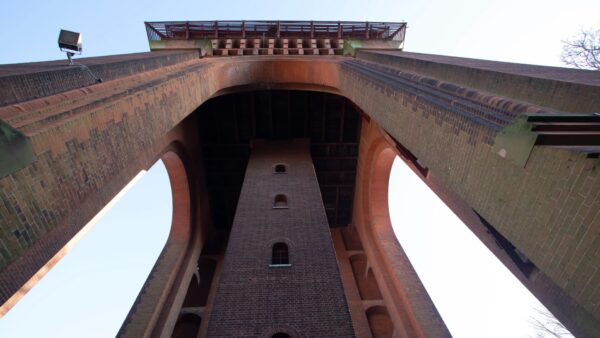
Construction bosses committed to diversity and inclusion but many will be taking stock after four years of gender pay gap reporting. Neil Gerrard reports.
Construction’s gender pay gap will widen again after the pandemic, as the industry gradually returns to more normal operating conditions following the Covid-19 lockdowns.
Analysis by law firm Pinsent Masons in July last year showed that construction’s gender pay gap for the 2020-21 reporting period was 12.6% in favour of men (based on 10,142 businesses), down from the 15.5% recorded in the period a year before.
The gap narrowed as site-based staff on furlough, the majority of whom are men, lost out on overtime and other pay allowances. Meanwhile, office-based roles, where representation of women tends to be higher, were less affected. People at executive level, who are also predominantly male, took pay cuts, further reducing the gender pay gap.
However, when construction firms next report their gender pay gap (the deadline is 4 April for private employers), it is expected to increase once more. That’s because as construction workers returned from furlough and to the office, the pay of male workers is expected to have increased again relative to their female counterparts.
“Contractors are going to compete with big players like Google for tech talent. So they are going to have to make their cultures a lot more attractive.”
Susannah Donaldson, co-head of Pinsent Masons’ equality law practice, told CM: “A few employers we work with, many of whom haven’t actually reported yet, have said that they expect an uptick in their gender pay gap this coming year. And that certainly seems to be what is playing out.”
While the effects of the pandemic have made it more difficult to determine the real trend in construction’s gender pay gap over the last couple of years, Donaldson said it was clear that diversity and inclusion (D&I) had to be a priority for contractors.
Donaldson said: “The industrialisation of construction means that they are going to have to try and target talent with tech capabilities and compete with big players like Google. So they are going to have to make their businesses and cultures a lot more attractive.”
She added: “Surveys have shown that diverse businesses are more profitable. For the construction side of things, the public procurement fair work criteria need to be met when contractors are bidding for public sector contracts, many of which are linked to D&I.”
Donaldson said that for many businesses, 2022 would be a year of taking stock as they examine four years’ worth of gender pay gap data.
“The first thing they need to do is to understand the make-up of their workforce. You really need to know what is going on in the specific areas of your business, what the pipeline and potential succession planning are looking like,” she said.
“A lot of construction businesses are taking stock of how their pay gap has developed over the last four years. Everyone hopes for a sustained downward trend. Unfortunately for many, that is not the case and a lot of them are frustrated by the fact that there has only been a marginal change despite intensive efforts and investment.”
Kath Moore, managing director of Women Into Construction, said: “To attract more women into this creative and innovative industry, we must also build inclusive workplaces. Not all women remain and build their careers in the industry once they have gained employment. We need the entire supply chain to work together to improve the sector’s culture.”











